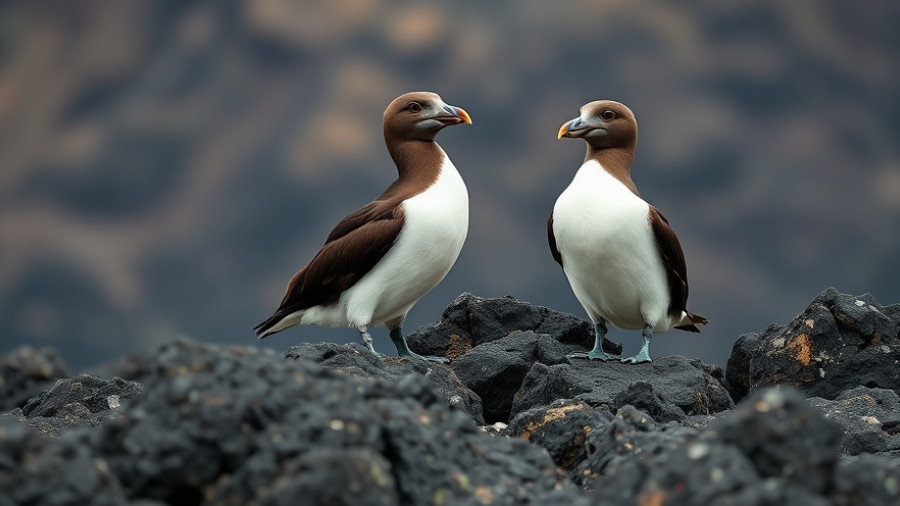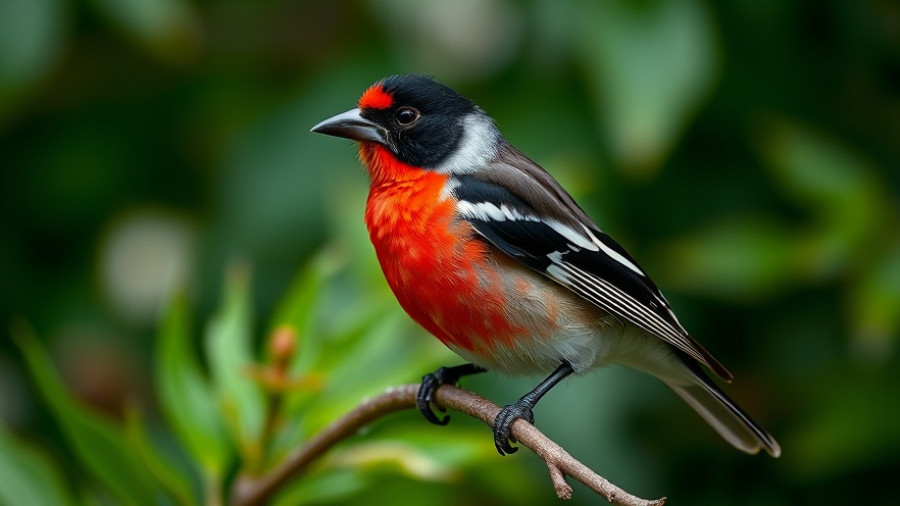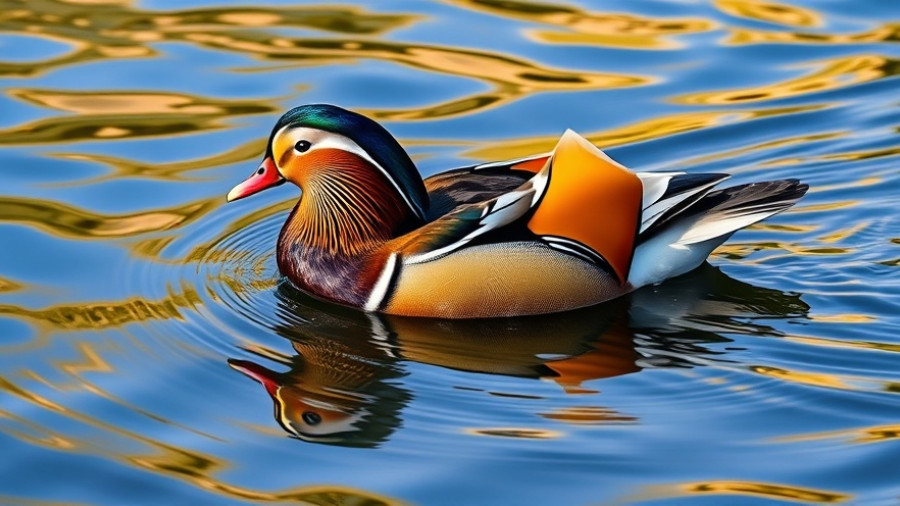
Nature's Hidden Marvel: The Ruby-crowned Kinglet
When you think of dazzling avian displays, the Ruby-crowned Kinglet might not come to mind. Often disguised in subdued olive-green plumage, this tiny songbird could easily be mistaken for a mere passerby in the bustling bird world. However, as spring approaches, prepare to be amazed by the secret life of this lesser-known performer, whose remarkable courtship behaviors and vibrant displays are set to display at this time of year.
The Secret Life of Kinglets Unveiled
At just four inches long and weighing roughly a quarter of an ounce, the male Ruby-crowned Kinglet makes quite the impression with its extraordinary vocal abilities, often producing elaborate songs that fill the air. His performance escalates during the breeding season when he reveals the true beauty of his ruby crown. In moments of courtship or when challenged by rivals, he showcases those vibrant feathers, igniting like fireworks against his mostly color-muted body. It's an unexpected display of brilliance, reminding observers that beauty often lies beneath a modest exterior.
Why This Matters
The Ruby-crowned Kinglet is a vital part of our ecosystem and serves as a fascinating example of evolutionary adaptation. Understanding their behavior not only brings appreciation for their role in nature but emphasizes the importance of biodiversity in our changing world. Their migration towards breeding sites in remote evergreen woods signifies shifts in our climate, impacting various species along the way.
Take Action: Celebrate Avian Wonders!
As kinglets and many other birds begin to migrate, now is the perfect time to immerse yourself in the world of avian wonders. Engage in birdwatching, contribute to citizen science by reporting your sightings, or simply explore the outdoors to appreciate the beauty of nature. Each tiny songbird, including the often-overlooked Ruby-crowned Kinglet, adds to the rich tapestry of life. Let's cherish and protect these remarkable creatures as they take to the skies.
 Add Row
Add Row  Add
Add 




Write A Comment